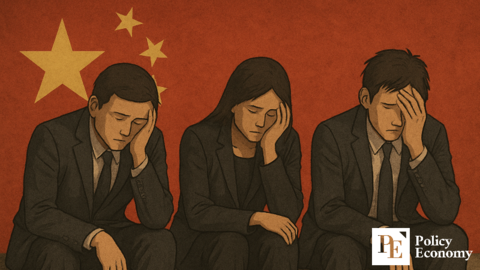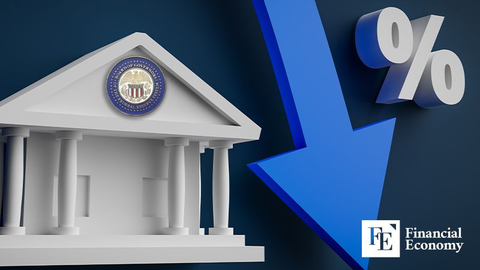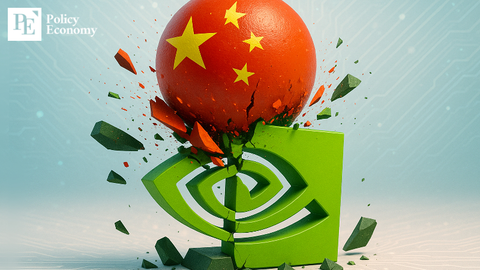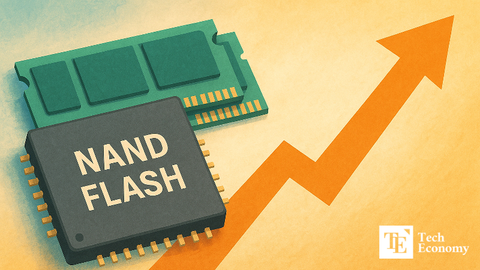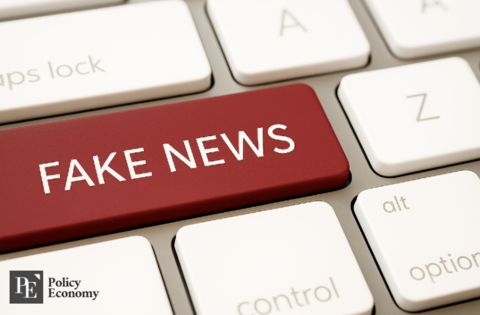“Falling Behind Huawei and Xiaomi” — Apple Closes Direct Store Amid Market Share Plunge to 5th Place in China
Input
Modified
Apple, once No. 1 in China, drops to fifth in two years Patriotism-fueled consumption and subsidies for domestic brands weigh on Apple U.S. tariffs force supply chain shift, disrupting iPhone production in China
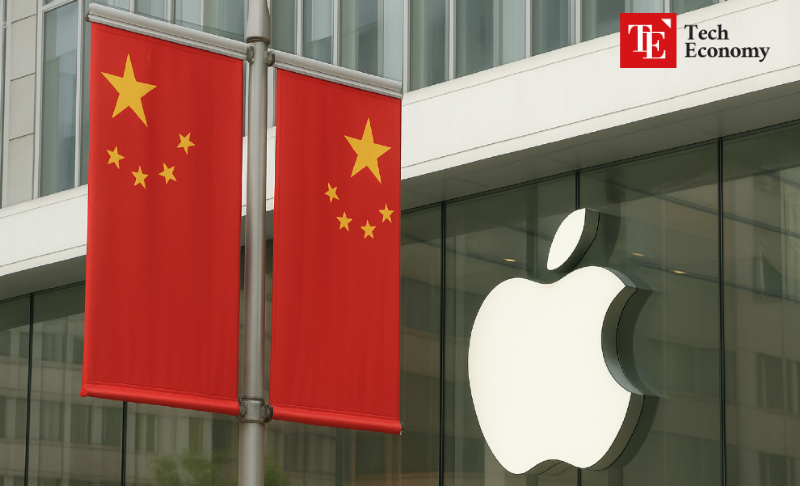
As U.S.-China trade tensions escalate, the smartphone markets in both countries are undergoing drastic shifts. Amid intensified support policies for domestic smartphone consumption and the widespread guochao (nationalist consumption) trend in China, Apple’s market share has plunged to fifth place. As smartphone manufacturers diversify production bases away from high-tariff China to countries such as India and Vietnam, the share of Chinese-made smartphones imported into the U.S. has halved compared to the previous year.
Apple to Shut First Direct Store in China
According to Bloomberg on July 31 (local time), Apple will close its directly operated Apple Store in Zhongshan District, Dalian, Liaoning Province on August 9. This marks the first time Apple has shut down a directly managed store in China. An IT industry source commented, “This highlights how Apple is increasingly struggling in the Chinese market amid rising U.S.-China tensions.”
In fact, Apple’s market share in China has been on a continuous decline. As recently as 2023, Apple held the top position in the Chinese smartphone market, but dropped to third in 2024, and has now plunged to fifth place. According to market research firm Canalys, in the second quarter, Huawei led with an 18% market share (12.2 million units), followed by Vivo (17%, 11.8 million units), Oppo (16%, 10.7 million units), and Xiaomi (15%, 10.4 million units). Apple (15%, 10.1 million units) ranked fifth. Among the top five manufacturers, four were Chinese, and their combined market share exceeded 65%. In terms of annual growth, Huawei increased its shipments by 15% year-over-year by strengthening its proprietary ecosystem with the Nova 14 series equipped with HarmonyOS 5.0. In contrast, Apple’s shipments in China increased by only 4% during the same period.
Meanwhile, imports of Chinese smartphones into the U.S. have sharply declined. While Chinese-made products accounted for 61% of all smartphones imported into the U.S. in the second quarter of last year, that figure dropped to 25% this year. In contrast, smartphones from India rose from 13% to 44%, and those from Vietnam increased from 24% to 30%. Apple has driven this shift. As the Trump administration announced plans to impose tariffs exceeding 60% on Chinese products, Apple began diversifying its China-concentrated iPhone supply chain to countries like India and Vietnam—a strategy that has been reflected starting in the second quarter. Previously, over 80% of iPhones supplied globally were produced in China, but adjusting the supply chain to reduce this proportion has become inevitable.
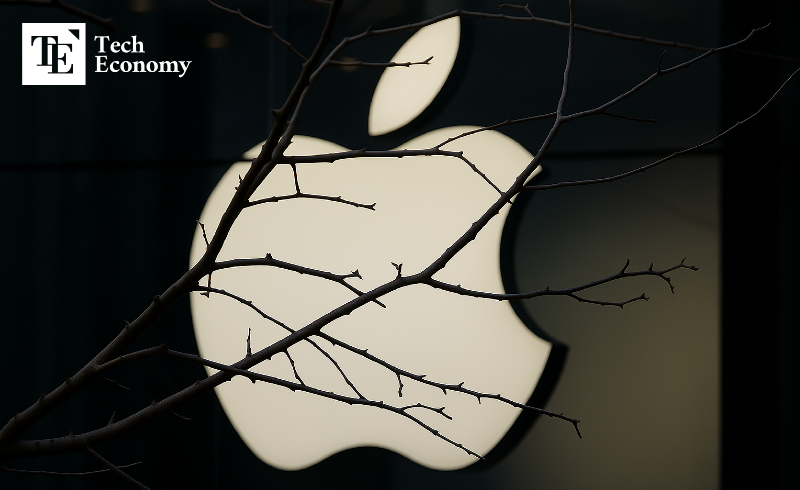
Surge in 'patriotic consumption' in China despite rare discounts, sales decline
Apple’s struggles in the Chinese market are largely due to rising anti-American sentiment triggered by escalating U.S.-China tensions, which in turn has fueled patriotic consumption. Following government directives, employees of state-owned enterprises and government-affiliated institutions—previously major customers—are no longer purchasing iPhones. The rise of local brands offering smartphones comparable to the iPhone has also had a significant impact. Notably, Huawei, which had been unable to launch 5G smartphones for the past five years due to U.S. chipset sanctions, successfully developed its own chipsets and launched high-performance smartphones, further amplifying the patriotic consumer movement promoting the use of domestic brands.
The Chinese government’s subsidy program also served as a catalyst. It provided subsidies of up to 15% off the list price for smartphones priced below $1,000 to boost domestic smartphone consumption. Apple’s ambitious plans to differentiate itself with the China-specific release of iPhones featuring “Apple Intelligence” were also thwarted by the Chinese government’s disapproval, further weighing down its competitiveness.
As a result, Apple’s iPhone sales struggled even during Singles’ Day, China’s largest shopping season. According to market research firm Counterpoint Research, from November 18 to December 10 last year, iPhone sales revenue declined by more than 10%, while Huawei’s smartphone sales increased by 7% during the same period. While the overall number of smartphones sold during Singles’ Day declined, analysts believe that patriotic Chinese consumers’ shift toward domestic brands played a significant role.
Facing continued underperformance, Apple introduced aggressive price cuts in the Chinese market, but with limited results. In June, Apple launched a subsidy program aligned with the Chinese government’s digital consumption promotion policy, offering discounts of up to $380 through its official online store and offline retail locations. It was the first time Apple applied government subsidies directly through its official sales channels in China, substantially lowering the perceived purchase cost for local consumers. Nevertheless, due to its premium pricing strategy, Apple was relatively excluded from the full impact of the subsidy, and its shipments reportedly declined by 1.9%.
China accounts for 20% of Apple’s revenue
China is Apple’s third-largest market after the U.S. and Europe, accounting for about 20% of the company’s total revenue. The fact that Apple CEO Tim Cook visited China three times last year—an unusually high number—highlights the strategic importance of the Chinese market to the company.
However, a more pressing issue is that Apple is being forced to diversify its once China-centric iPhone supply chain due to the Trump administration’s tariff policies. This implies that the company may eventually have to halt the production of iPhones in China for export to the U.S. Concerns are growing that, should the Chinese government use this situation as a pretext to indirectly or directly target Apple, the company could follow the same path as Samsung, which once held the top spot in China’s smartphone market but has now fallen to near-zero market share. Currently, Samsung’s market share in China is barely around 1%.
Kim Kyung-won, Distinguished Professor of Business Administration at Sejong University, stated, “When anti-Korean sentiment intensified due to the deployment of the THAAD missile defense system, the Chinese government directly and indirectly moved to undermine Samsung.” He added, “If the U.S.-China conflict intensifies due to Trump’s protective tariffs on Chinese goods, Apple may follow the same path Samsung took in the Chinese market.”

